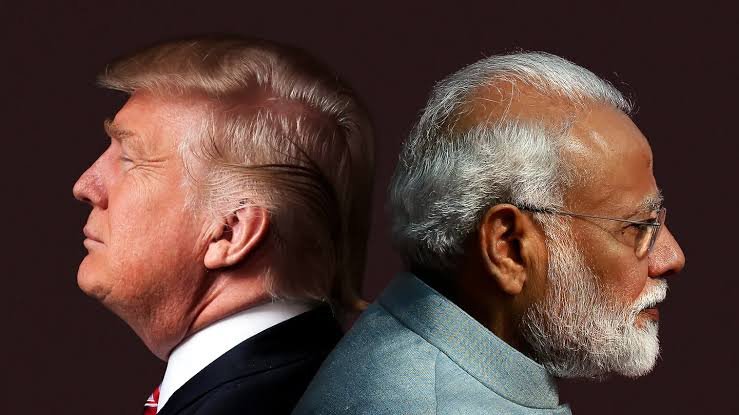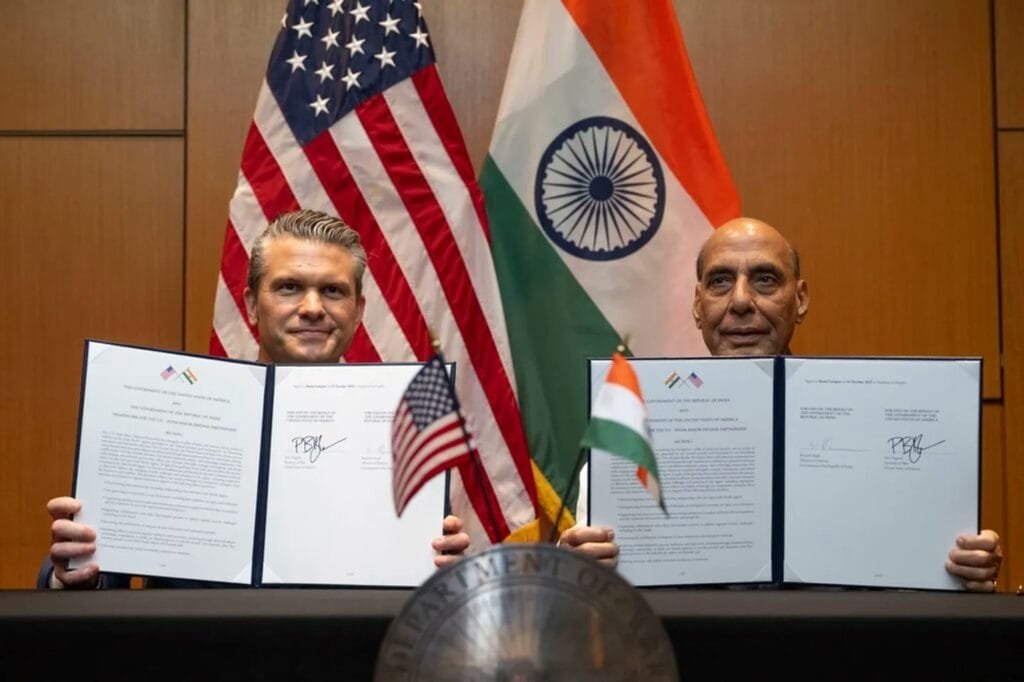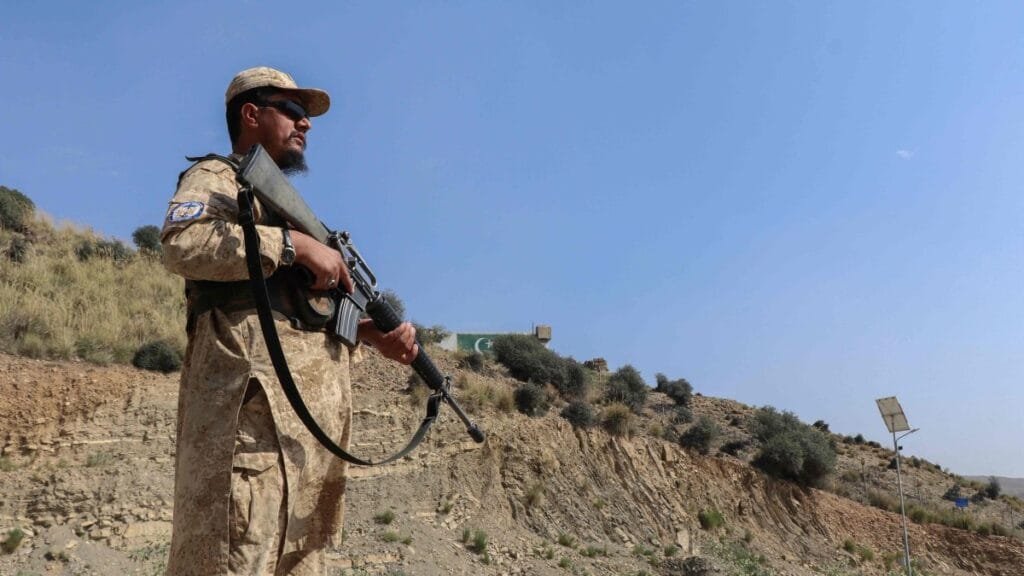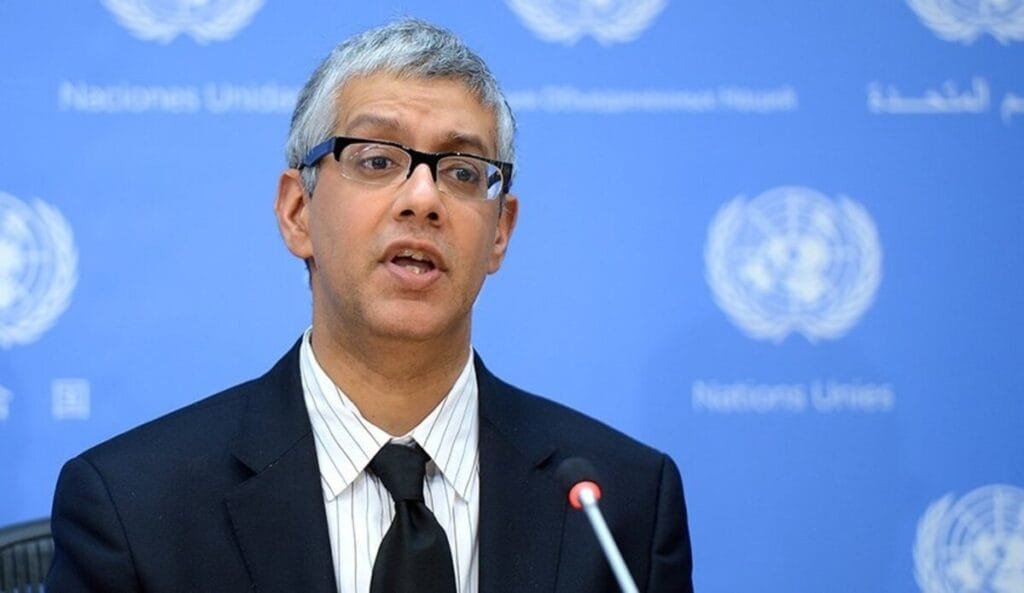President Donald Trump on August 6 signed an executive order imposing an additional 25% tariff on goods imported from India, citing India’s continued purchases of Russian oil and military equipment, raising the combined U.S. tariffs on Indian products to as much as 50%. The order, set to take effect 21 days from signing, adds to a prior 25% “reciprocal” tariff announced just days earlier, part of a broader strategy Trump described as necessary to deter countries indirectly underwriting Moscow’s war machine.
Trump justified the escalation on national security grounds, declaring India’s oil trade with Russia constitutes an “unusual and extraordinary threat” to U.S. foreign policy and undermines efforts to isolate the Russian Federation economically. While China also imports significant volumes of Russian crude, the executive order singled out India, signaling potential secondary sanctions if other oil‑importing nations continue business with Russia.
New Delhi pushed back forcefully, calling the measure “unfair, unjustified and unreasonable,” while stressing its oil imports are driven by market forces and the imperative to secure energy for its 1.4 billion citizens. Trade analysts warn the tariffs could effectively cripple India’s exports to the U.S., with some goods facing near‑complete exclusion due to punitive rates.
Trump’s move follows failed negotiations and precedes an impending congressional deadline tied to a ceasefire demand for Russia set for August 8, with his special envoy Steve Witkoff recently meeting President Putin in Moscow to no clear result. The executive action also aligns with the broader Sanctioning Russia Act of 2025, proposed by Congress to allow tariffs as high as 500% on oil‑importing nations supporting Russia.
This escalation marks a dramatic turn in U.S.–India relations and underscores Trump’s willingness to leverage trade policy as a tool to pressure nations he deems complicit in bolstering Russia’s economy during wartime.





